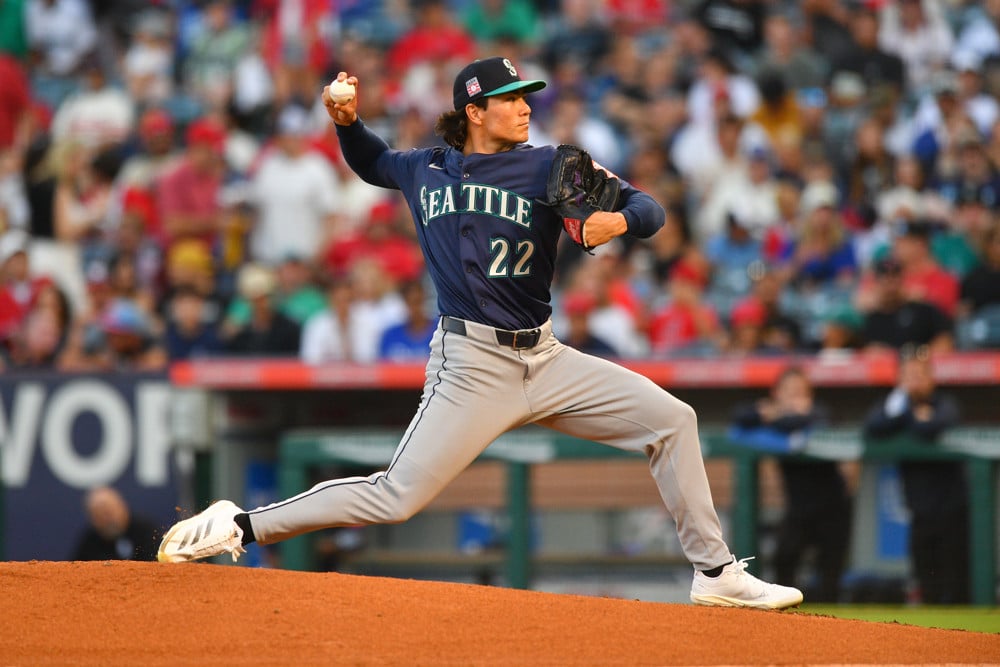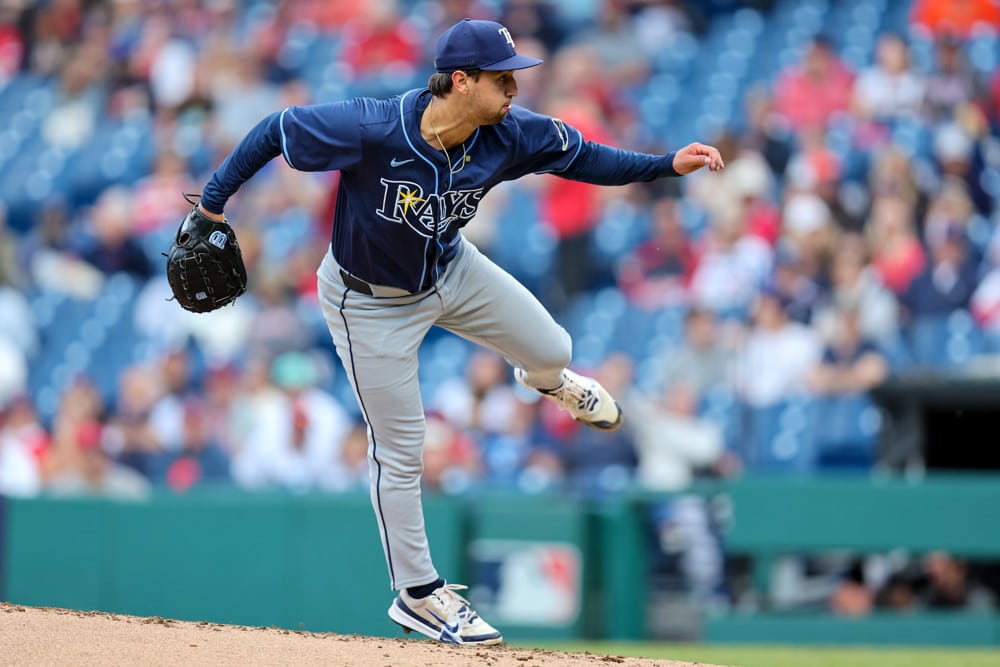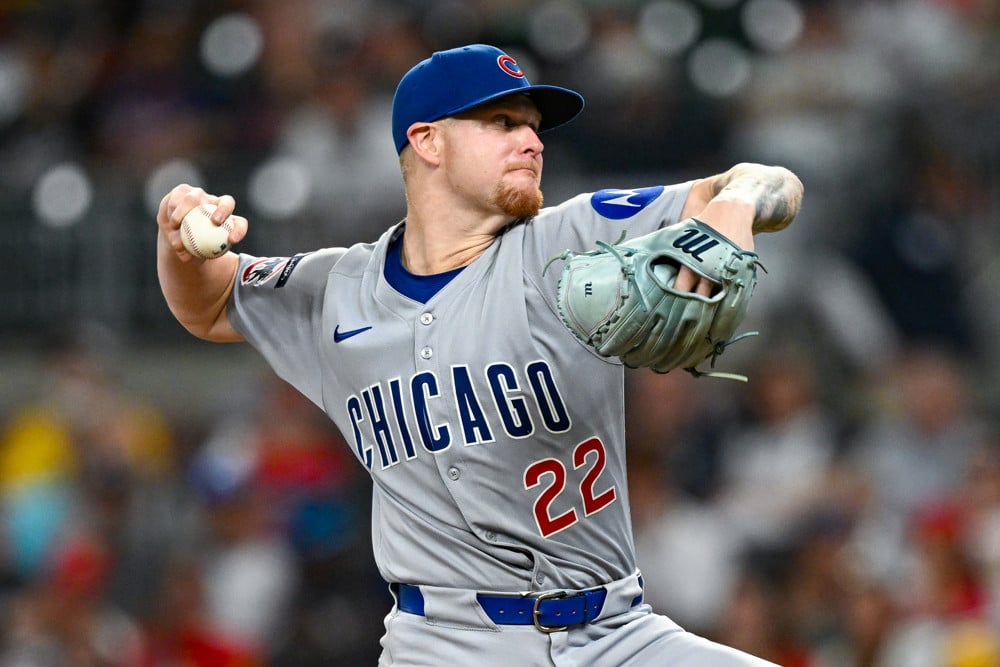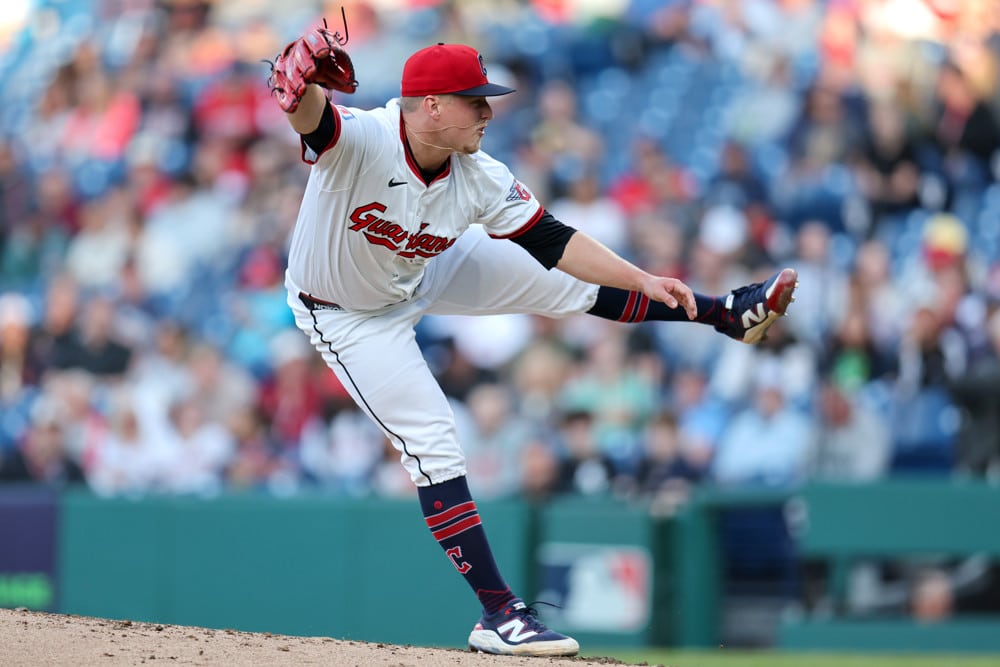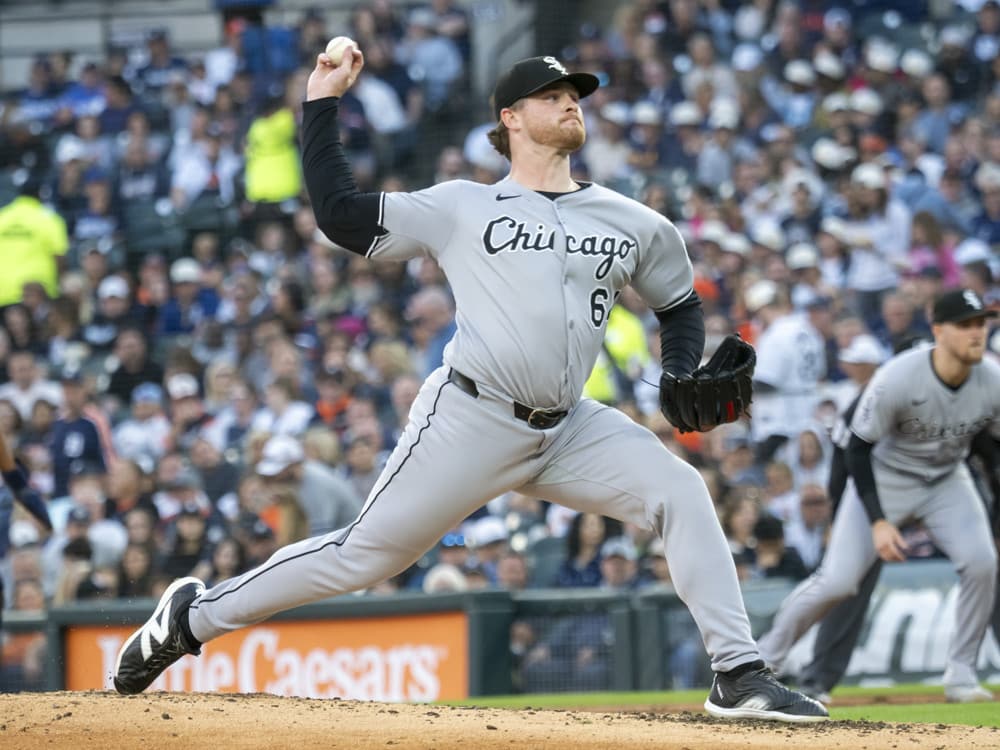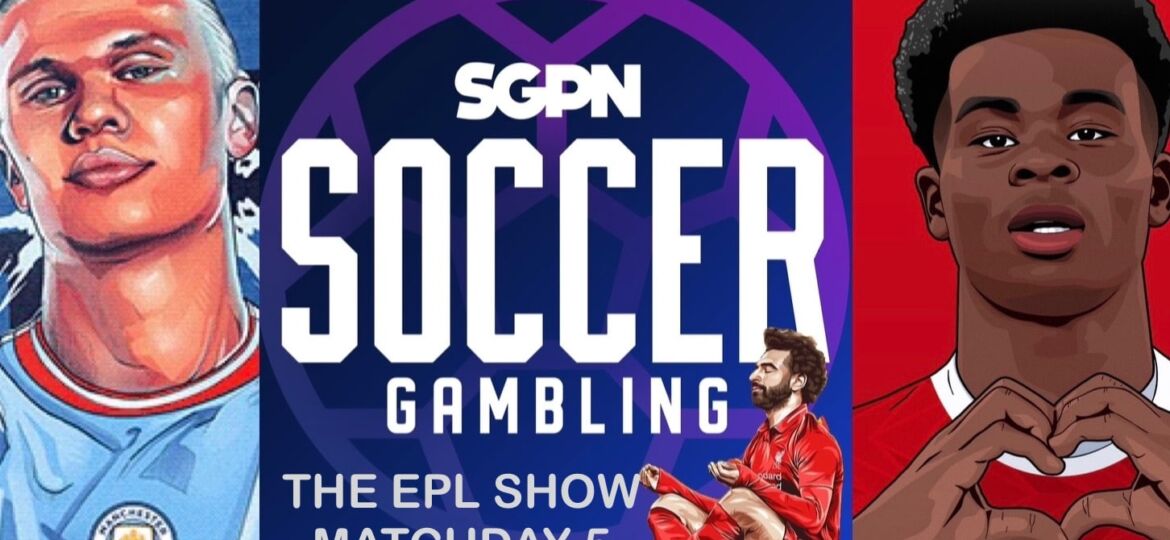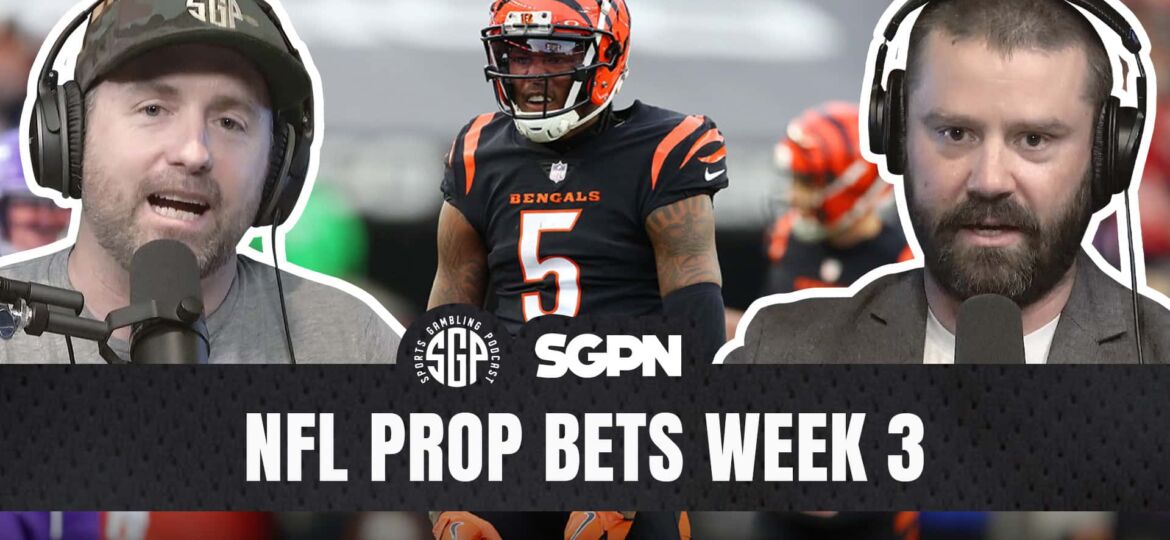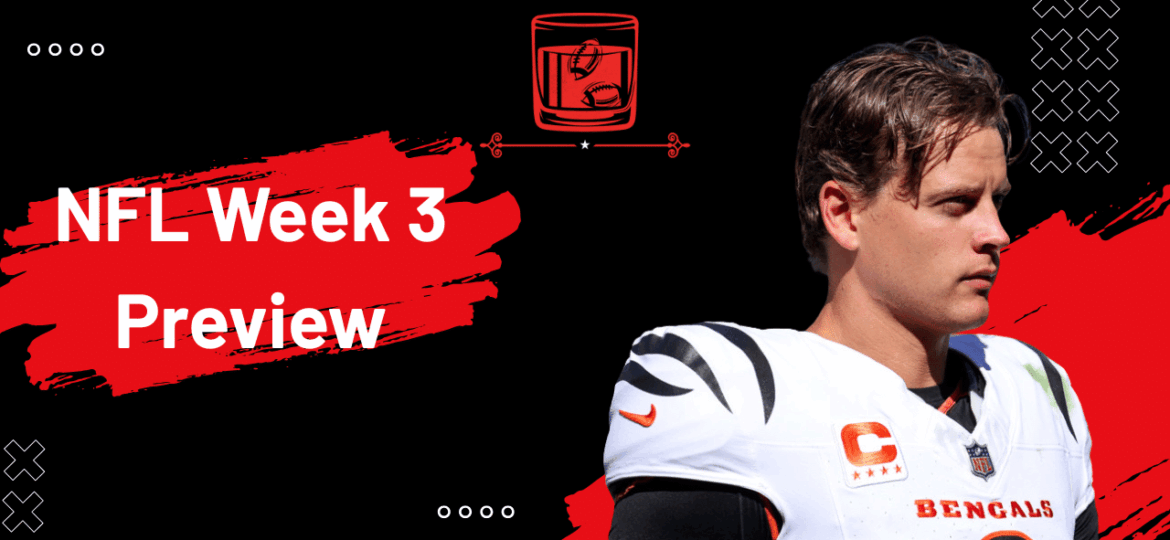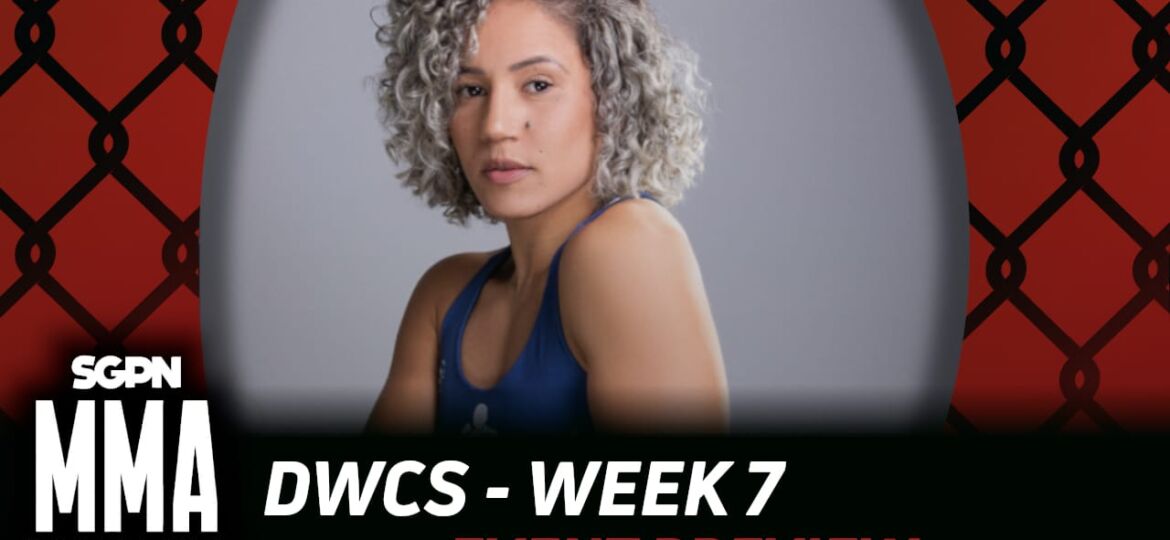It’s 2025 and golf continues to boom, both as a sport and a betting market. With major season in full swing, you might be looking to get some skin in the game — but where should you start?
Let’s break down the different ways to bet golf: outrights, positionals, matchups, and 3-balls — and then I’ll walk you through my personal strategy and why I’ve stuck with it.
The Core Markets
Outrights
This is the big one: picking a golfer to win the entire event outright. It has the lowest hit rate but also the highest return. Winners in the +5000 to +10000 range happen all the time — this is the only betting market where turning a 1% hit rate into profit is viable.
Positionals
Betting a golfer to finish within a certain range on the leaderboard — like Top 5, Top 10, or Top 40. Lower variance, but also lower returns.
Matchups
You’re betting Golfer A to beat Golfer B — either for a single round or across the full 72-hole event. These are often -110 on each side, like traditional sports bets.
3-Balls
Used during the first two rounds when players go off in groups of three. You’re betting who will shoot the lowest score in the group for that round. These are typically plus-money bets, but very high variance.
My Strategy: Outrights Only
Personally, I only bet the outright market, and here’s why: structure and return on investment (ROI).
Every week, I build an outright card with a fixed risk total — generally the same dollar amount week to week — aiming for a 7x return no matter which golfer wins. That means every card is constructed so that any winner on the card pays out the same, keeping the system clean and disciplined.
Example:
Let’s say your weekly target is a $700 return.
- If you want to bet someone at +700 (rare, but possible), you’d risk $87.50 — and that would be your only bet for the week (“single bullet”).
- More commonly, you might take five golfers around +3500, risking ~$20 on each. Still, the payout stays the same if any of them win.
Why is this smart? Because you only need to hit 7 winners in a season to profit. It protects against variance, allows you to weather long losing stretches, and avoids the biggest trap in golf betting: overexposure to short odds.
If someone’s putting out 3-5 golfers under +2000 every week, they’re torching money unless they hit winners almost every other tournament — which is statistically impossible.
Odds Shopping: The Hidden ROI Edge
If you’re not odds shopping, you’re throwing away money.
In legal states like New Jersey, you have access to multiple books. Use tools like OddsChecker Golf to find the best price on each golfer. When you’re trying to maintain consistent payout targets every week, even a +3500 vs. +3200 difference adds up over the course of a season. Longer odds = less risk for the same reward.
A Note on Matchups
Matchups are fun — especially if you’re watching live and want some daily action. But they’re also incredibly volatile. Even Scottie Scheffler can shoot a 70 on any given day, while a random longshot can post a fluky 68.
If you want to dabble, I recommend sticking to full tournament (72-hole) matchups. Over four rounds, skill tends to win out more reliably than it does in single rounds.
Final Thoughts
Golf betting is a grind — and that’s the beauty of it.
You’re going to lose 95–99% of your bets if you’re playing outrights the right way. But this is one of the only sports where that’s okay — because the payouts are big enough and the math is in your favor.
Discipline is everything. Build your card, stick to your ROI target, shop for odds, and embrace the long game.



